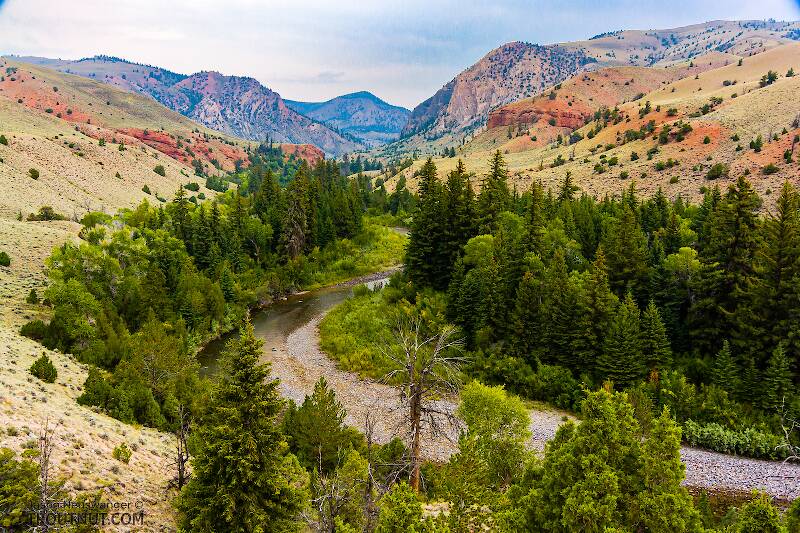
Blue-winged Olives
Baetis
Tiny Baetis mayflies are perhaps the most commonly encountered and imitated by anglers on all American trout streams due to their great abundance, widespread distribution, and trout-friendly emergence habits.
Featured on the forum

I was not fishing, but happened to be at an unrelated social event on a hill above this tiny creek (which I never even saw) when this stonefly flew by me. I assume it came from there. Some key characteristics are tricky to follow, but process of elimination ultimately led me to Sweltsa borealis. It is reassuringly similar to this specimen posted by Bob Newell years ago. It is also so strikingly similar to this nymph from the same river system that I'm comfortable identifying that nymph from this adult. I was especially pleased with the closeup photo of four mites parasitizing this one.

Troutnut is a project started in 2003 by salmonid ecologist Jason "Troutnut" Neuswanger to help anglers and
fly tyers unabashedly embrace the entomological side of the sport. Learn more about Troutnut or
support the project for an enhanced experience here.
Sayfu
Posts: 560
Posts: 560
Sayfu on Oct 2, 2011October 2nd, 2011, 5:16 am EDT
The problem that I would have tying a fly that good looking is to hang one of them up in the bushes. I'd risk life and limb trying to retrieve it! Some of the most dangerous moments I have had floating rivers in a driftboat is doing just that. Hanging over the side of a boat through a tight spot, trying to retrieve a fly off a windfall limb.
AndresT on Oct 4, 2011October 4th, 2011, 6:47 am EDT
Hello Sayfu,
doing that kind of exercise in a boat is, no doubt, risky. You should not, even if you are going to miss one of your best flies. And much more if you can tie more easy tying catchers as these ones are.
Thank you for your comment.
doing that kind of exercise in a boat is, no doubt, risky. You should not, even if you are going to miss one of your best flies. And much more if you can tie more easy tying catchers as these ones are.
Thank you for your comment.
Quick Reply
Related Discussions
Topic
Replies
Last Reply
7
May 29, 2012
by Possumpoint
by Possumpoint







